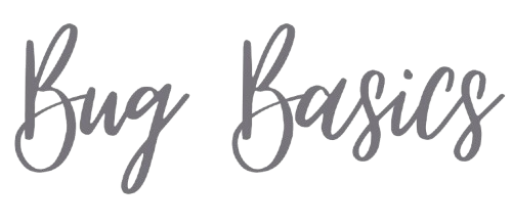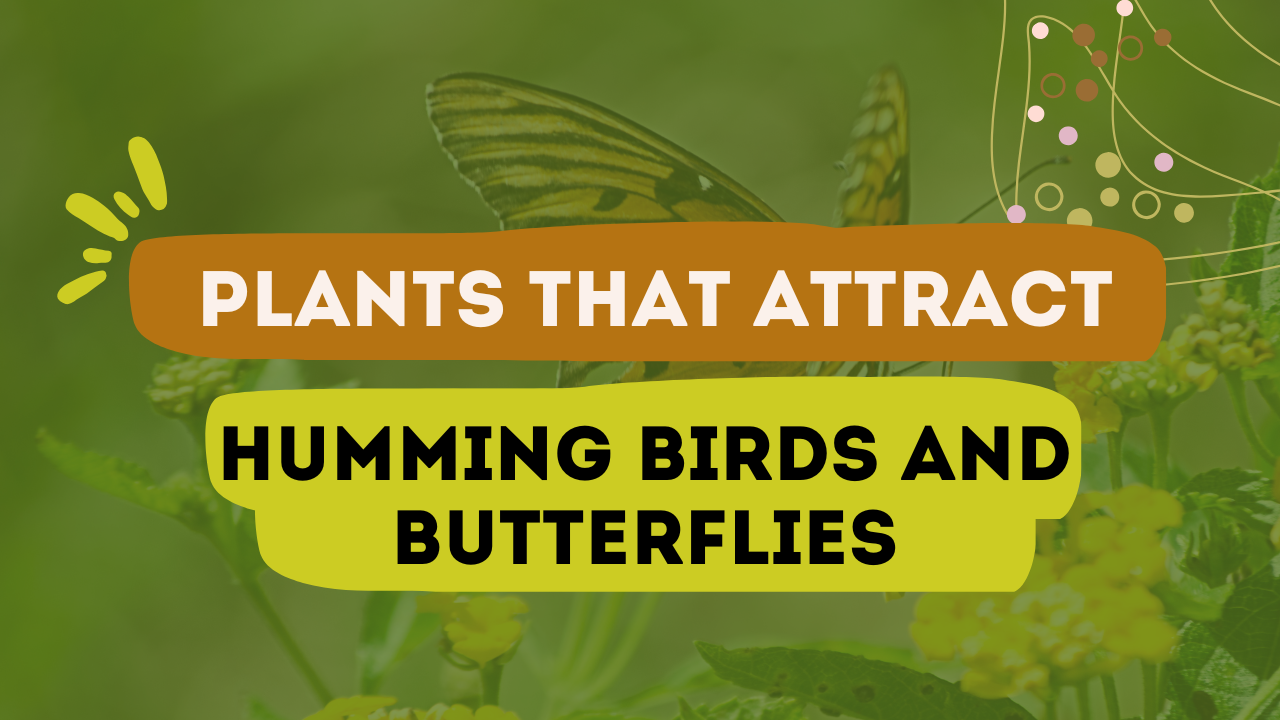Now, here’s the thing: if you’ve ever imagined walking into your garden to find butterflies fluttering and little hummingbirds darting around as if they’re running late for a meeting, you’re not alone. Many of us who enjoy gardening and even those of us who merely enjoy beautiful things—aspire to work that type of magic. And you know what? It is quite feasible. All you have to do is plant the appropriate things. Yes, you may turn your outside area into a bustling, blooming paradise with certain plants that draw hummingbirds and butterflies. It may sound a bit too fairytale-like, but bear with me this is easy, enjoyable, and incredibly rewarding.
Why Hummingbirds and Butterflies Love Certain Plants
Here’s something interesting, though: butterflies and hummingbirds aren’t just adorable creatures; they have a purpose. Not just any nectar will do; they are searching for it. They adore easily accessible flowers that are rich in nectar and have vibrant colors. Particularly, hummingbirds seek for tubular blossoms that they can pierce with their long beaks. Butterflies? They prefer flowers with flat tops so they can land and drink as if it were a little cocktail party.
Additionally, and this is crucial, they have very specific tastes in color and aroma. Whereas butterflies are more attracted to purples, pinks, and yellows, hummers typically prefer reds and oranges. However, there are always exceptions. Don’t you think that nature doesn’t always follow the rules?
Top Plants That Attract Hummingbirds and Butterflies
Alright, now let’s dig into the good stuff: actual plants that will bring all the winged wonders to your yard.
1. Bee Balm (Monarda)
Oh boy, this one is a magnet. Bee balm has these shaggy, fireworks-looking blooms that come in red, pink, and purple. Hummingbirds love red, so this one’s a winner. Butterflies are big fans too. Plus, it smells kind of minty.
2. Milkweed (Asclepias)
Yep, milkweed isn’t just for monarch butterflies—it’s a full-on buffet. It’s one of the only plants monarch caterpillars eat, and the flowers are great for adult butterflies too. Bonus: it’s drought-tolerant and pretty low maintenance.
3. Salvia
Salvia is like candy for hummingbirds. With tall spikes and colors like deep purple, blue, and red, it’s basically irresistible. It blooms for a long time too, which means more nectar over the season.
4. Butterfly Bush (Buddleia)
The name kinda gives it away, doesn’t it? This shrub blooms with big cone-shaped flowers in colors like lavender and pink, and it literally buzzes with life in the summer. Butterflies flock to it like crazy.
5. Zinnias
Cheap, cheerful, and ridiculously easy to grow. Zinnias are annuals, so you’ll need to replant each year, but butterflies go nuts for them. Hummingbirds will stop by too, especially for the bright red or orange ones.
6. Columbine
This woodland flower has these quirky little downward-facing blooms that look like they belong in a fairy tale. Hummers adore the red and pink ones especially.
7. Lantana
It’s tropical, bright, and pretty much built for pollinators. Clusters of tiny flowers in a range of hot colors make this one a favorite for both butterflies and hummingbirds.
A Few Quick Tips to Make Your Garden a Winged Wonderland
Okay, planting the right flowers is obviously step one. But there’s a few more things you can do to really roll out the welcome mat.
- Group your plants together – It’s way easier for hummingbirds and butterflies to find nectar sources when flowers are grouped in clusters. Random single plants here and there? Not so helpful.
- Go organic – Pesticides and pollinators do not mix. Even stuff labeled as “natural” can be harmful. Stick to organic gardening methods if you want your fluttery friends to stick around.
- Provide water – Butterflies like shallow puddles or wet sand to drink from. Hummingbirds love misters or shallow fountains.
- Add some perches – Hummingbirds need to rest (they flap those wings a lot), so having nearby shrubs, small trees, or even tomato cages can help.
Common Mistakes
Look, we’ve all been there. You buy a bunch of pretty plants, dig up a garden bed, and then… crickets. No butterflies. No hummingbirds. Nada. Here’s what might’ve gone wrong:
- Wrong colors or flower shapes – Like I said earlier, color and shape matter. Red tubular blooms for hummers, flat clusters for butterflies.
- No continuous bloom – You need plants that bloom at different times to keep nectar flowing all season. Mix it up!
- Too much shade – Most nectar plants need sun. Like, a lot of sun. If your garden is shady, you might need to reconsider location.
Final Thoughts
The best thing about creating a garden that draws butterflies and hummingbirds is that it benefits you as much as them. For a little time, the turmoil of life seems to be somewhat manageable when you watch a hummingbird hover in midair or a butterfly gently land on a flower.
Go ahead and have fun. Get a little messy with the plants. Allow it to become somewhat overgrown. Don’t bother with the flawless edges. Your garden shouldn’t follow straight lines like nature does. Simply fill it with all the nectar-rich blossoms you can locate, love, and color.
Additionally, don’t worry if it’s not flawless right away. The visitors with the small wings will arrive. Give it some time.

